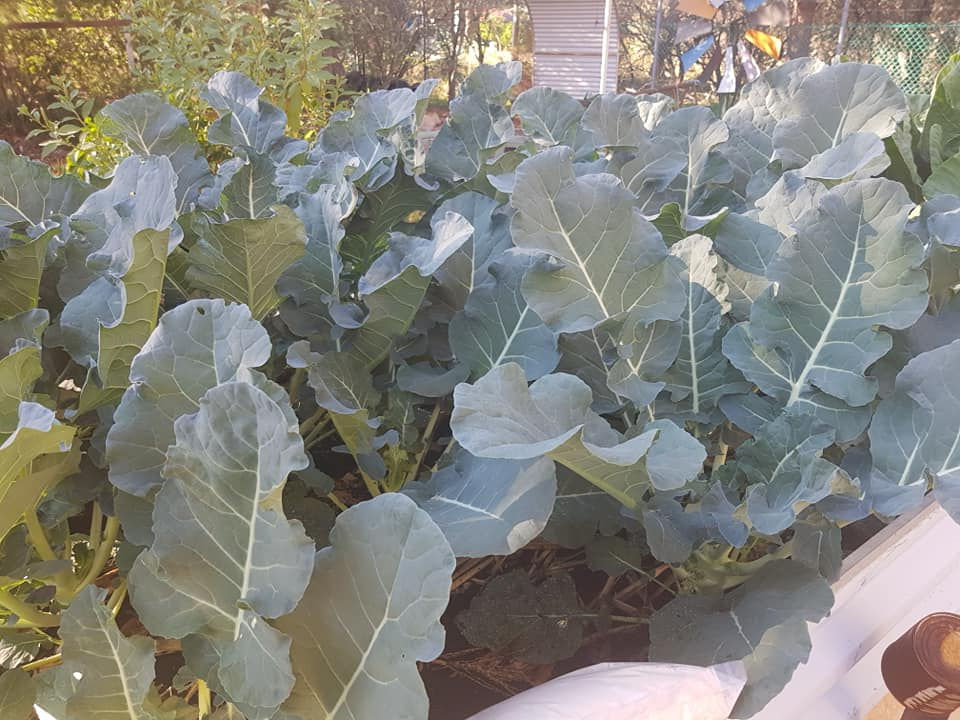West Australian Farmers are Using Kaolin Clay For Higher Yields in Sandy Soil
- yanese
- Feb 4, 2022
- 4 min read
Updated: Feb 8, 2022
Perth Gardeners Can Do The Same To Yield Healthier Gardens
Farmers in Esperance are using a low-cost soil additive in a process known as claying to improve crop yields and save money on fertilisers.
The process involves mixing clays into sandy soils such as those found in the Great Southern region of WA where Esperance is located.
Clay forms a rough surface that traps nutrients and moisture, allowing plants to grow more easily. It also works by coating the sand.
Esperance farmer Peter Luberda runs a 1,100ha farm which has been in his family for three generations. The land is mainly used to grow canola/wheat/barley/Sardella crops but he's found claying helps to grow vegetables too, by keeping the moisture level even and fertilisers where they are needed. (Clay Spreading Experiences)
In 2000, 40ha of his land was clay spread and a further 260ha in 2004. In 2011 the rest of the land was in dire need of attention, having seen the results in his clayed land Peter decided to clay the remaining hectors.
Over the years Peter tried various soil soaker products to deal with the water repellence. These gave mixed success so, they began to experiment with clay spreading in early 2000, focusing on particularly problematic soils. This area had been cleared of banksias and was severely water repellent in the top zero to 10cm layer and contained less than one per cent organic carbon.
“The improved yield could be due to better water retention and aeration of the soil and I have recorded an increase in fungal activity and earthworms in the soil.” - Peter
Since claying, Peter’s crop rotations are more flexible and crops appear healthier as they can out-compete diseases.
Peter has observed his crops’ response to the clay treatment and now plans to expand his clay spreading program.
The problems with sandy soil are numerous.
The ideal soil is often said to be a sandy loam, this is a soil that has a good mixture of sand and clay. It simply means that the large particle (sand) have small particles (clay) mixed in. A combination of good moisture retention and soil that is light well aerated and easy to dig.
Sandy soils lack organic matter and added organic matter breaks down very quickly.
This means that the number of beneficial microorganisms is decreased. Adding humus improves microbial activity, helps retain moisture and also improves soil structure. By adding Kaolin clay you improve the ability of the soil to hold organic matter.
Sandy loam is also much better at retaining nutrients such as fertiliser and minerals. Sandy soils do not do this, so more fertiliser is used than in a good sandy loam.
Sandy soil has very little, if any, water holding capacity. This means that plant roots are under stress for most of the time. It also means irrigation costs are higher in sandy soils because more water is required.

If you live in an area with sandy soil then growing vegetables in your garden will be difficult unless you make changes to improve it. Your vegetables will need the same soil that any other plant does and you can't expect them to do well in poor quality soil.
According to the Western Australian Agricultural Department:
Benefits of claying water repellent soils
Benefits include:
long-term (At least 30 years) remedy of soil water repellence
greater water and nutrient holding capacity in the surface soil layers
improved soil structure
improved crop and pasture establishment resulting in better groundcover
reduced wind erosion risk
improved pasture utilisation
build up of soil organic carbon
reduced frost risk.
The main thing to avoid When Claying is using the wrong clay: clay that does not slake and disperse remains in clumps, does not get thoroughly mixed throughout the repellent topsoil, and takes longer to become effective. If you put clay in water it should disperse over time.
Bentonite Clay is one to avoid according to soil scientist Professor Dan Carter as it is a clumping clay used in kitty litters and as dam sealer and does not disperse easily. Kaolin clay is a dispersive clay and preferred.

Clay also needs to be mixed evenly through the soil for best results. Numerous farming case studies show large yield improvements once the right clay is mixed at the right rate.
Gardening enthusiasts can take heed, that if farmers are claying their sandy soils for better crop yields, home gardeners in sandy soil areas should also do the same for healthier water-wise gardens.
Progressive Nurseries across Australia are now selling Kaolin Clay soil additive products such as Soil Solver's Clay Plus Minerals which incorporates kaolin clay, silt and rock and ore minerals. This product comes directly from WA farmlands where the Kaolin clay has been specially prepared and blended with scientifically balanced minerals. Gardeners are also using Soil Solver's Compost Plus Minerals product which has added a small amount of clay and silt and more minerals than a 'rock mineral' blend mixed with rich organic certified compost as a healthy top up for gardens. See our page on Compost Plus Minerals.
More information and availability on Soil Solver's claying product as a permanent soil amendment for home gardening use are available on our Science and Results sections.


Comments